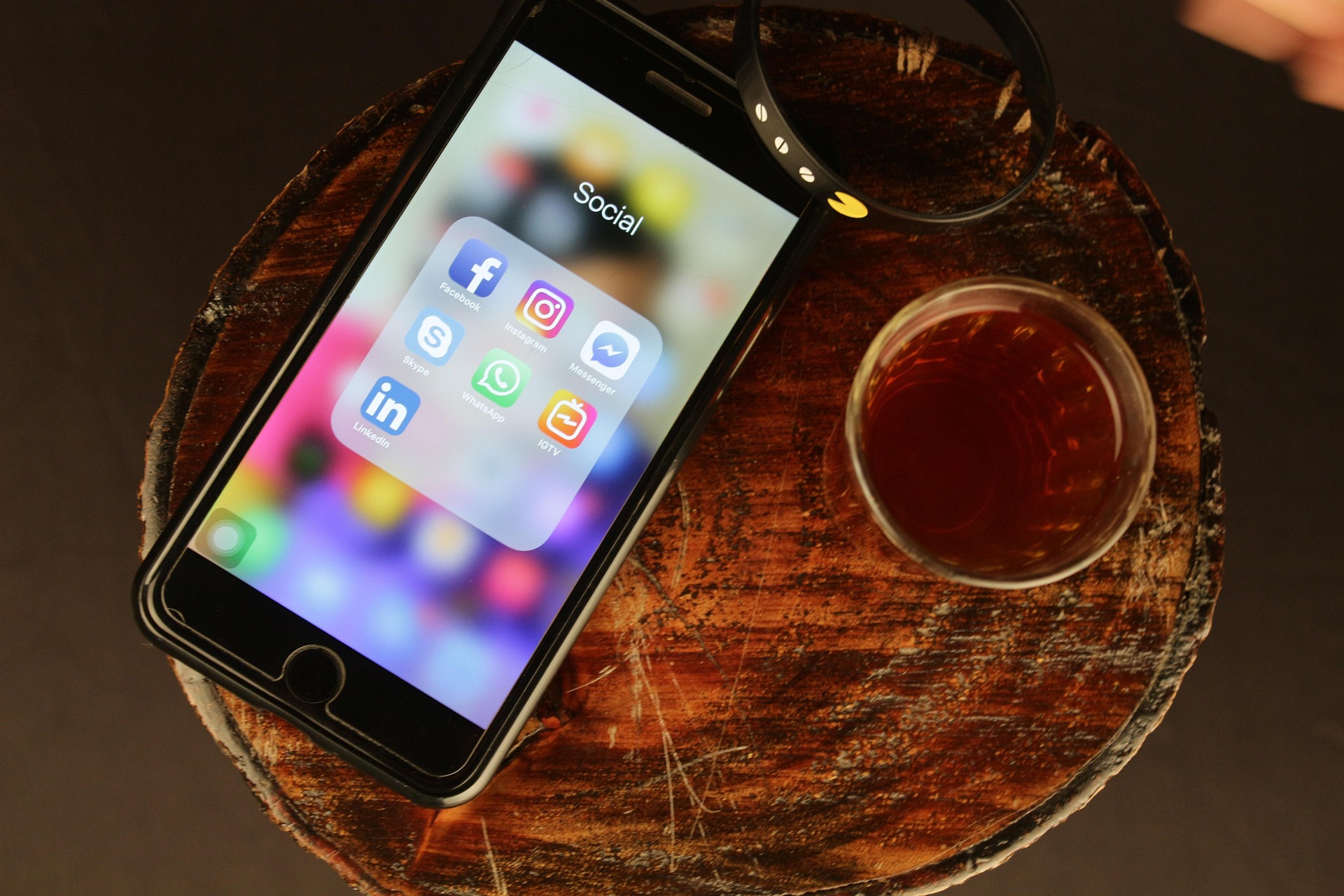
Community voices power change through research surveys
HDYO released data from recent surveys of the global HD community. Learn more about the findings and how surveys can help shape the future of HD care and support.

When thinking about Huntington’s disease (HD) research participation, many of us picture white-coated physicians, forms and waiting rooms, tests and needles. In reality, that experience represents one of the many ways that scientists gather information about how best to care for people with HD. Impactful studies can take many forms, from cautiously investigating the safety of a new drug, to observing movements in a doctor’s office, to simply surveying people from HD families about their day-to-day experience.
Survey studies and what they can reveal
A survey is a form of observational study – one that simply collects information without intervening. HD researchers, healthcare professionals, advocacy groups, drug companies, and others invested in this community use surveys to understand the behaviors, experiences, and challenges faced by HD families. The results can be applied to enhance medical or support services, improve interventions, communicate needs to those in power, or create educational content that really resonates with the people it’s meant to reach.

Image credit: Pixabay
Filling out a survey on your phone, tablet, or laptop is an anywhere, anytime-you’ve-got-internet activity that can build the worldwide HD knowledge base and shape how all sorts of providers and educators approach HD. Many organizations conduct research in this manner, or they may compile surveys on behalf of scientists. The Huntington’s Disease Youth Organization (HDYO) conducts surveys open to the global HD community – and periodically releases their findings to the public. This way, participants can understand how 10 or 20 minutes of their time led to valuable insights about HD.
HDYO’s Survey Series
In March of 2023 HDYO began releasing HD community surveys on their website. While HDYO provides information and services to kids and adults, with a focus on ages 18-35, participants in these surveys were aged 18+. Like all responsibly designed human research, surveys need to be reviewed by an ethics committee – these were vetted by an official board at Monash University in Australia. The data was analyzed by HDYO staff and members of their Research Committee.
HDYO’s latest release covers early data or upcoming plans for three community surveys about 1) how people with HD seek support and resources, 2) the educational and emotional barriers to research participation, and 3) milestones in the lives of young people with HD. Of these surveys, the first has closed (more than 400 people responded), the second remains open (you can still participate if you’re 18+) and the third is in development (keep an eye out for new opportunities!). The surveys are currently available in more than 10 languages, and more will be added in future. Let’s dive into what they learned.
Breaking down demographic information
Surveys often begin by collecting demographic information – although identity is kept anonymous, the respondent is asked to answer questions about their connection to HD, how old they are or where they come from, their race or what language they prefer to speak. There’s always lots to break down within this data, but let’s use as an example the 425 people who completed the first survey that HDYO released (demographic findings are similar for the others). Here are some key pieces of info about the population they surveyed:
-
The majority of participants speak English, Spanish, or Portuguese.
-
Most respondents (77%) identified as female.
-
People from all over the world found HDYO’s website and their survey, including North America (35%), Europe (40%), South/Central America (14%), Oceania (9%), Asia (4%), and Africa (2%).
“Survey results can be applied to enhance medical or support services, improve interventions, communicate needs to those in power, or create educational content that resonates with the people it’s meant to reach. ”
- This type of information could help HDYO or other organizations/educators to prioritize particular new languages, prompt them to seek more gender balance in research or explore how gender contributes to aspects of life with HD, or connect with local communities in new places.
Survey 1: How the community seeks support
This survey’s main purpose was to ask about resource-seeking among people in HD families. In what ways and how often do people look for info about HD? What topics are they most familiar with, and what do they search for? What are their preferred ways to get support? Again, lots to digest, but some of the findings that stand out include:
-
Most people are poking around for HD info on a weekly or monthly basis, but there are many who look daily, or just a few times a year.
-
Young folks most often find info about HD on the websites of HD organizations, or on social media – Facebook, Instagram, and YouTube had the most engagement. (Don’t forget to follow HDBuzz on the socials!)
-
They prefer info in written articles, videos, and conversations, versus graphs and charts (no surprise there!)
-
Their searches were most often about HD research, followed by personal stories and medical topics.
There were also opportunities to write in responses and opinions, and people shared their desires for in-person connection, an HD app, emphasis on thinking and behavioral symptoms, and more. Overall, HDYO concludes that community needs are unique and differ across regions, and that these responses can help them (and others!) to make decisions about what new and improved resources will best serve youth in HD families.
Survey 2: Educational and emotional barriers to research

Image credit: Pixabay
This ongoing survey explores how young people feel about research participation (focused on in-person opportunities) and what their knowledge base is. What types of research do they participate in? What prevents them from participating, and how do they overcome these barriers? What terminology around research are they familiar with? How can they feel more supported around participating in research?
This study is still seeking participants (they’ve got over 100 so far but the more the better). From their early analysis they have found:
-
Travel, work, financial burden, and site access are the biggest reported barriers to participation.
-
More people reported that online information seeking and speaking with study coordinators helped them to overcome perceived barriers compared to any other category of support. However, participants overcame barriers in many different ways, like finding help with traveling, bringing a loved one along, or talking to someone who had already been part of the study.
-
Understanding of terminology varies a lot: many people are familiar with definitions of study types (observational/interventional), clinical trial phases, and what different types of participants are called. Specific study terms like cohort, endpoint, and monitoring committee were less familiar to most.
-
HDYO still needs to analyze more of the data from this study, and one of their priorities is to break down some of the write-in questions. These were centered on participant expectations, suggestions for better support from study sites and community organizations, and what people may have gained through participation.
Individual quotes from participants have revealed so far that folks would appreciate financial and logistical support like booking accommodations, counseling or support after participating, regular updates on opportunities, and education about the impact of participating in research. There are all sorts of organizations and individuals who could change their course of action once they better understand such community needs.
Survey 3: Mapping milestones
This survey aims to better understand different milestones in the life of a person from an HD family and at what age people experienced those events. The survey hasn’t been launched just yet, but HDYO shared their goals and plans:
“Data from people with HD could empower a company to include that concierge service in their clinical trial, or prompt a study site to devote more of their social worker’s hours to supporting patients with HD.”
-
Examples of potential “milestones” include learning about HD in the family, making genetic testing decisions, identifying as a caregiver, and participating in research (among many others).
-
The survey will also examine what was happening in people’s lives when they reached these milestones and what types of support they could/did access.
-
The survey questions were selected with the help of a committee of youth from HD families and rated for importance.
HDYO hopes that the conclusions from this survey and others will help to inform professionals about how they can best support youth and young adults with HD in their families, and how best to educate so that people can make informed decisions about the future.
Takeaways
The preliminary data we’ve discussed today (and lots more) is available to view in detail through HDYO’s website. It’s also worth noting that professionals who conduct HD surveys, like psychologists, genetic counseling students, social workers, and other researchers, often publish their results in academic journals – though it can sometimes take some outreach or a literature search to access these.
The conclusions and individual suggestions generated from these studies, like the need for specific supports for people with HD who participate in research, are likely to resonate with a lot of HDBuzz readers. A lot of this may already seem obvious to people within the HD community, but scientists and people in power need data to take action. Graphs and percentages drawn from the responses of hundreds or thousands of people with HD help to define, for both insiders and outsiders, what this community really needs.
The hope is that studies reporting those needs could guide decision making: for example, data from people with HD could empower a company to include that concierge service in their clinical trial, or prompt a study site to devote more of their social worker’s hours to supporting patients with HD. Gathering this data and making it available is the first step. If you’re presented with a survey that’s got ethics approval and clear goals, consider taking a few minutes to add your voice!
For more information about our disclosure policy see our FAQ…


